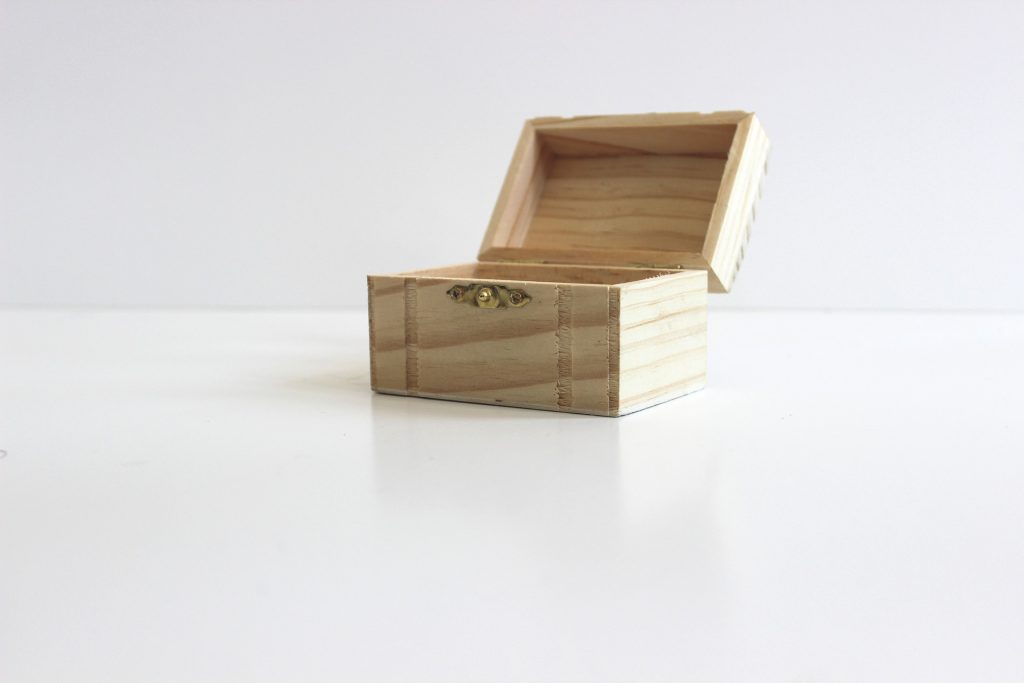We are made of professional interior designs and decorators who are very obsessed in transforming your homes. We have many years of experience in the field and have helped thousands of homes transform.
About UsOur ServicesFinding a job as a design student can be overwhelming, especially when balancing final assignments and projects. If you find yourself stuck, don’t hesitate to reach out for help. There are numerous online platforms available for assistance. Whether it’s a mentor offering advice or a service to make my assignment a little easier, utilizing resources effectively can lighten the load and help you focus on your job search.
1. Build a Strong Portfolio
Your portfolio is your most powerful tool in the design industry. It’s not just a collection of your work but a showcase of your skills, creativity, and personal brand. A well-curated portfolio should include a variety of projects that demonstrate your range as a designer. If you’re lacking professional experience, personal projects, freelance work, or collaborations with fellow students can all serve as excellent portfolio pieces.
In addition, be sure to present your design process in your portfolio. Employers want to see how you approach problems and find solutions, not just the finished product. Highlight your thinking, research, and experimentation behind each project to give potential employers a glimpse into your creative process.
2. Network with Industry Professionals
Networking plays a crucial role in finding your first job. Attend design conferences, webinars, and events where industry professionals gather. Platforms like LinkedIn and Behance are excellent for connecting with established designers and employers. When networking, aim to build genuine relationships rather than just asking for job leads.
Another effective way to network is through mentorship. Many seasoned designers are happy to offer guidance to aspiring professionals. A mentor can provide valuable insights into the industry, offer constructive criticism on your work, and sometimes even refer you to potential job opportunities.
3. Gain Experience through Internships and Freelancing
Experience is a major factor in landing your first job. Many design students find it beneficial to take up internships or freelance projects while still in school. Internships provide real-world experience, the chance to work on actual design projects, and exposure to how the industry operates. Freelancing, on the other hand, can be a great way to build your portfolio and develop client communication skills.
Both internships and freelance gigs demonstrate your commitment and ability to work in a professional setting, which can be highly attractive to future employers.
4. Tailor Your Resume and Application Materials
When applying for design positions, ensure your resume, cover letter, and portfolio are tailored to the specific job. Highlight your most relevant skills and projects for each application, and use keywords from the job posting. Your resume should be clean, well-organized, and visually appealing—after all, as a designer, this is another chance to show off your skills!
Make sure your application materials reflect who you are as a designer. Whether your style is minimalist, bold, or somewhere in between, let your personality shine through while maintaining professionalism.
5. Use Job Search Platforms and Agencies
There are numerous platforms specifically designed to help creatives find jobs. Websites like Dribbble, Behance, and Creativepool list job opportunities for designers, often allowing you to apply directly through their platforms. General job boards such as LinkedIn, Glassdoor, and Indeed also have dedicated sections for design jobs.
Additionally, creative staffing agencies can be a valuable resource. These agencies specialize in placing designers in roles that match their skills and career goals, whether it’s freelance, part-time, or full-time work.
6. Stay Updated on Design Trends and Tools
The design industry is constantly evolving with new trends, technologies, and tools emerging regularly. Staying updated not only makes you a more competitive candidate but also demonstrates your commitment to continuous learning. Employers value candidates who are proactive about developing their skills and staying relevant in the field.
In your downtime, consider taking online courses or tutorials to enhance your knowledge of the latest design software and techniques. This not only boosts your skillset but can also provide a valuable talking point during job interviews.






Comments are closed.